This NFT Photography guide was created by Sukrit Srisakulchawla, a travel photographer based in Bangkok. You can view all of Sukrit’s photography NFTs here.
I also have my own series of Photography NFTs which you can view on two different marketplaces, OpenSea and Foundation.
If you’ve heard of NFTs, you have probably heard that in the past few months (summer of 2021), the space has been very exciting for photography and has changed many lives. The earning potential for photographers is higher than ever seen before in modern history.
As you go through this guide, I would like to warn you that the content of this guide has been prepared purely from personal experience and may be based to some extent on personal opinions, especially in the areas discussing the contrast between multiple options.
I have tried my best to relay the information here as if I were to be giving this advice to you personally, so please take it with a grain of salt and feel free to gather more information before making any decision.
The discussion here will be tailored to focus purely on photography NFTs on the Ethereum blockchain, so know that while some aspects may bleed over, there are discussions here that may not apply to you if you decide to trade on a different blockchain.
On that note, I hope this guide offers you a quick and easy entry into the world of NFTs for photography. Feel free to find my contact details at the bottom of this post and reach out to me if you do have any questions.
Also at the bottom of this post, you’ll find a ‘Glossary’ with all technical terms and phrases that are used throughout this guide.
Download this NFT photo guide as a PDF
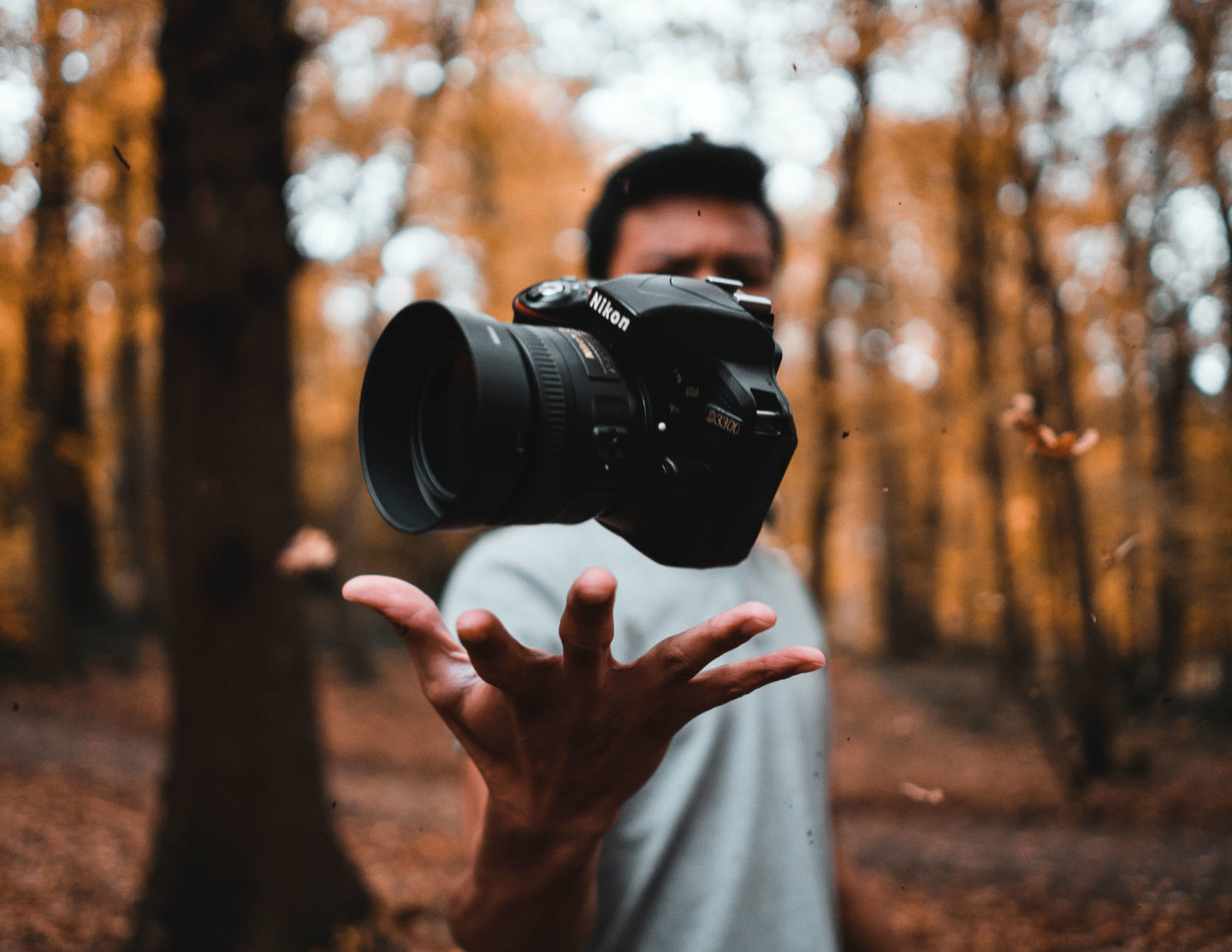
WHAT ARE NFTS?
Non-Fungible Token (NFT), let’s break it down…
The term itself may be confusing to a lot of people, so let’s start with “Non-Fungible”
Fungible items simply mean items that can be easily replaced with another item that is basically the same thing. For example, one US Dollar can be exchanged with another US Dollar and they have the exact same value.
Similarly, in crypto, one bitcoin can also be replaced with another bitcoin and they are practically the same.
On the other hand, a one-of-a-kind trading card is non-fungible. If you traded it for another card, it is completely different.
RELATED ARTICLE: BEST NFT PHOTOGRAPHY MARKETPLACES
So what can an NFT be?
Well, the beauty is that any digital file can be an NFT, however, for the purposes of this guide, we will stick to focusing on NFT photography.
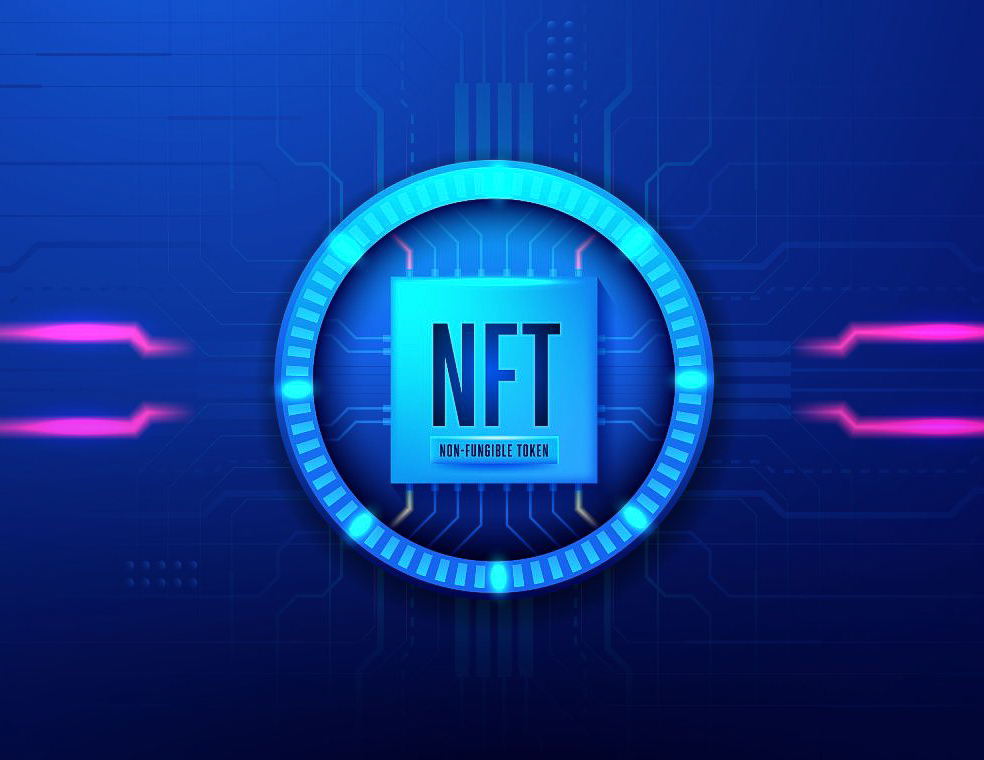
HOW DOES THIS APPLY TO PHOTOGRAPHY?
PHYSICAL WORLD
When selling photography in the physical world, we would typically start by selecting either a singular piece or a collection of our photographs to print.
Before we print, we decide on their scarcity which helps give them value; i.e. Are we going to print only one edition of the photograph? Or editions of 5, 10, 100…?
If you do not set a limit on the number of times you would print and distribute the photograph, it is an open edition.
Each print would then need a signature, an edition number (i.e. this is print number 25 of 50), and then a certificate of authenticity.
This certificate is your way of validating that the image is yours and that you’ve authorized its distribution.
Otherwise, someone could just take a high-resolution photograph of your photograph, print it out, and pretend it was “real.” Having this certificate is what proves ownership.
DIGITAL WORLD
The NFT is exactly similar to that certificate when it comes to selling art or photography in the digital world. When you tokenize the art, you are certifying the ownership and determining the scarcity.
The blockchain then acts as a super record of who buys and owns your photographs. It is a public ledger, that is unchangeable and tamper-proof, which guarantees and keeps track of the ownership of your digital art.
This is pretty cool, because unlike in the traditional world where it might get lost who currently owns your work, under the blockchain, you as the artist, can always keep track of your art as well.
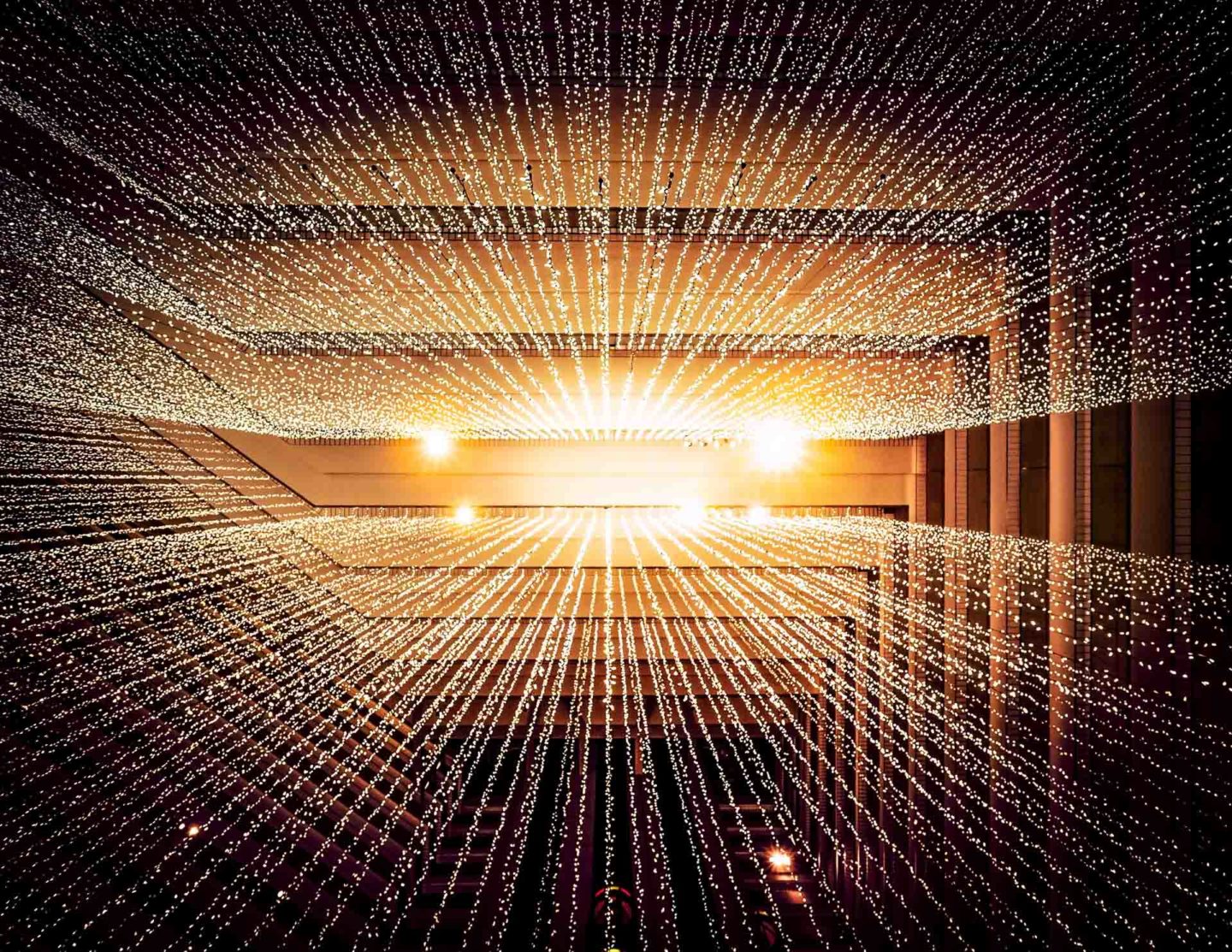
HOW DOES NFT PHOTOGRAPHY WORK?
Before we get into the process of how to sell your photography, let’s get a little technical as well to understand the fundamentals of the NFT in relation to selling photography or any other digital art.
You might ask, what’s the point? If it’s a digital viewable photograph, people would be able to screenshot the image anyway… so why is there any value on these pieces at all?
For that, we will need to differentiate between Ownership and Consumption.
Be sure to check out this awesome guide: How To Sell NFT Photography – Marketing 101
OWNERSHIP VS. CONSUMPTION
Imagine you walk into a museum or an art gallery, and you look at the art hanging on the wall. You can take it all in, enjoy it, and be inspired by it.
In some situations, you can even take a photo of the art, and you could go home and print out that photo and put it in your living room… or you could even go into the museum gift store and pick up a poster of that art piece.
The question to ask is by doing any of these things do you own the art?
The same applies to digital art and to any platforms you are already using. Someone could screenshot your image from Instagram. But that does not make them the owner of that image.
Unlike in traditional physical art, for digital art, it historically seemed impossible to prove ownership of a piece and thus to really determine its value for it.
As a photographer, you may have the RAW, but often times when you sell your work, you do not sell the RAW.
So how does any of your clients even prove they not only own that photograph but also own a certified true edition, and that you haven’t also redistributed the same file to others?
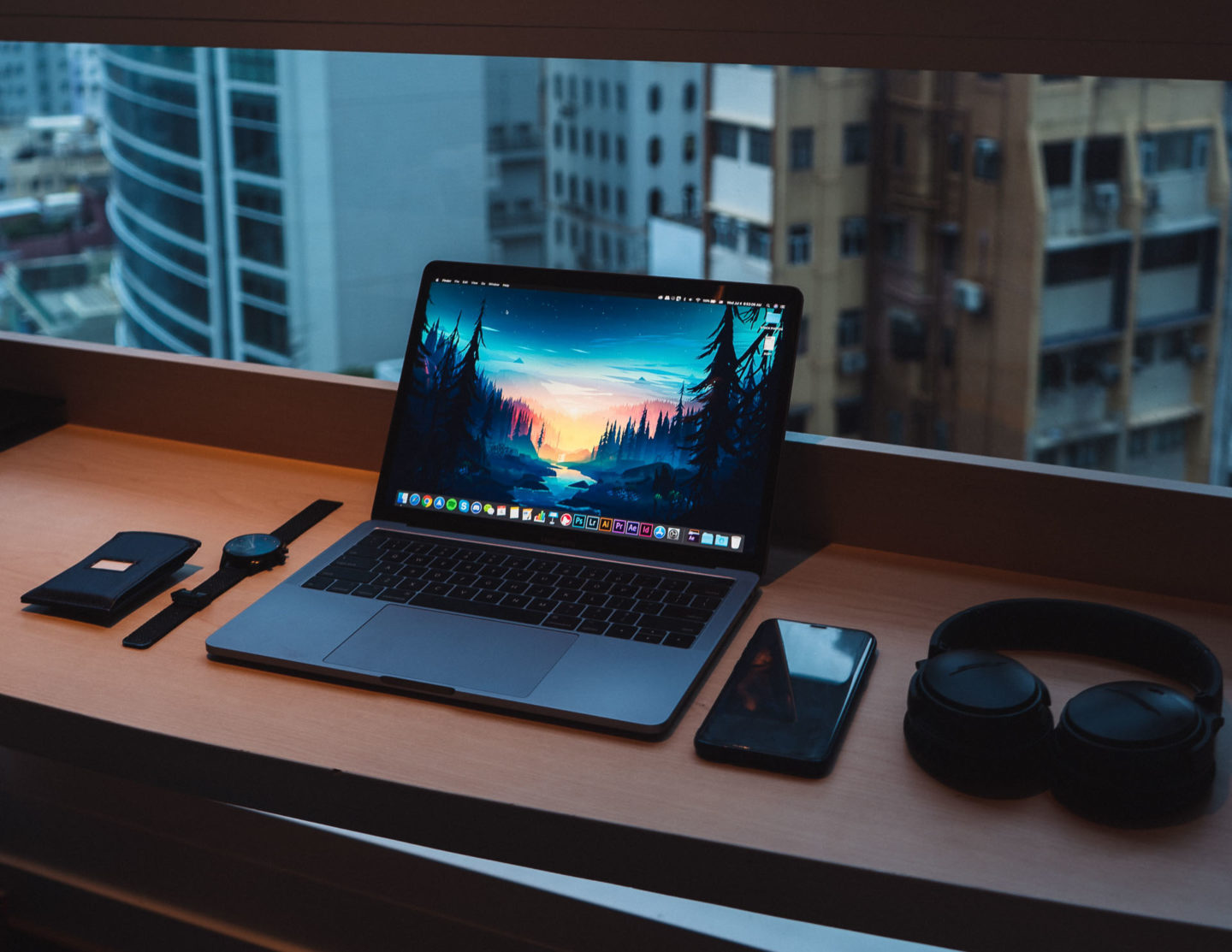
NFTS & DIGITAL OWNERSHIP
That’s where NFTs come into the picture.
Well, as previously described, NFTs are supported by blockchain technology, which acts as a public ledger. This allows for transactions and ownership to be digitally traceable and protected so that it is not alterable.
The technology also ensures authenticity as once a piece is on the blockchain, it cannot be duplicated or counterfeited.
The NFT itself is also not necessarily your art file, but rather more equivalent to the certificate of authenticity which is tied to your art.
So whilst yes, someone can screenshot your image, the ledger continues to prove the certified owner of the piece at any given point in time as well as provides a traceable history of ownership as well.
The system thereby protects collectors looking to invest in art, as they can not only trace back to who currently owns the “real” artwork but also double-check that the source of this art was not created out of theft.
With the history, you can look all the way back to the original creator of the NFT photo and see if it’s indeed the artist in question, and thus base your value on it.
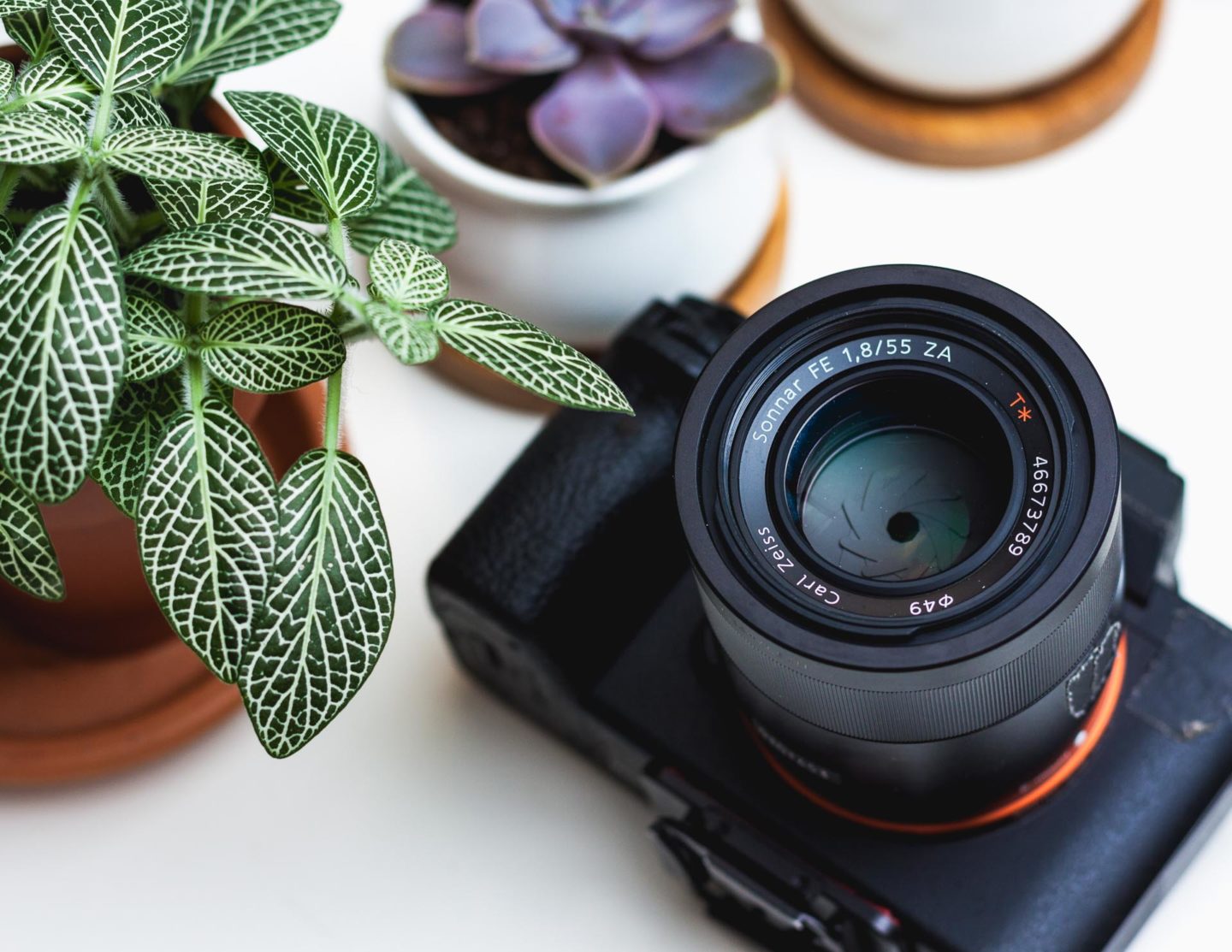
COPYRIGHT
If you are a photographer who has done any form of commercial work before, you must also be wondering about copyright.
It’s important to note that ownership of a copyright is separate and distinct from ownership of any material object (i.e., a painting) or digital asset (i.e., an NFT) in which the work is embodied or embedded.
Simply put, as the artist, in the majority of the cases, especially on the larger NFT platforms you still retain full ownership of copyrights to the art.
Artists do not lose copyright protection over their works when they are sold in a marketplace unless the parties expressly agree in writing that part of the transfer includes the transfer of the copyright.
Therefore, as the copyright owner, you as the photographer retain the exclusive right to make commercial use of the photograph even after the NFT photo is sold.
PHOTOGRAPHER’S RIGHTS
As such, you are free to market, print, and license the underlying photograph you minted as NFTs at your own discretion.
However, what you are not permitted to do is sell other digital copies or NFTs of an identical piece.
COLLECTOR’S RIGHTS
From the collector’s perspective, through the purchase, they have the exclusive right to sell, trade, or transfer the NFT photography, but may not make “commercial use” of the underlying work.
For example, collectors may not sell copies of the work, or license them off.
CUSTOMISING
As mentioned, this is typically the case if you are selling your work on any of the main marketplace platforms under their standard smart contract (a protocol which is a set of programs set on the blockchain to execute transactions when predetermined conditions are met, and a process that governs NFTs).
On the other hand, if you do find a tech-savvy coder who can help you develop your own smart- contract, you can also adjust exactly how you want your NFT photo to be traded which may include the transfer of that copyright ownership as well if desired.
The subject of smart contracts may start to get a bit too technical so I will leave it as is but it should be noted that when you create NFTs on any of the main marketplaces, they will be created with that platform’s standard smart contract.
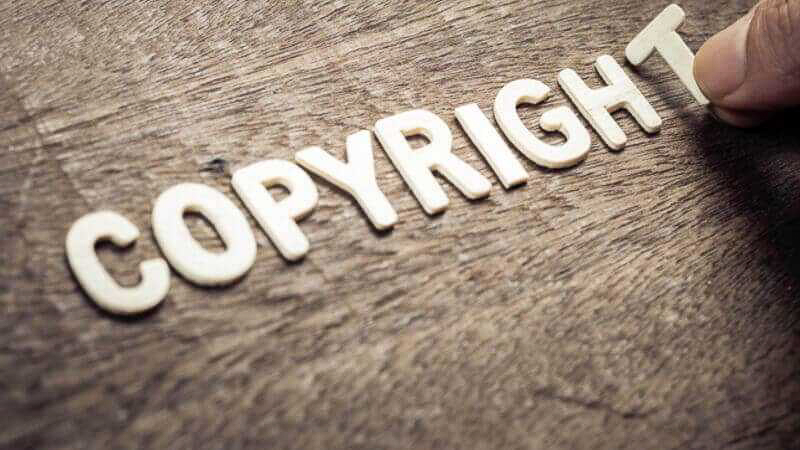
ROYALTIES
Another key point that makes NFTs extremely attractive is the future earning potential of a piece even after you’ve sold it.
In traditional or physical art, this is very hard to track. Once you’ve sold your piece to a collector, that is probably the last point in time in which you will earn from that sale.
With photography NFTs, artists can continue to also earn royalties through the future resale of their work.
Let’s look at how that works assuming:
- the photographer originally lists their work for 1 ETH
- the platform has a 5% fee and the royalty payout is 10%
- Collector A then resells to Collector B the piece at 6 ETH
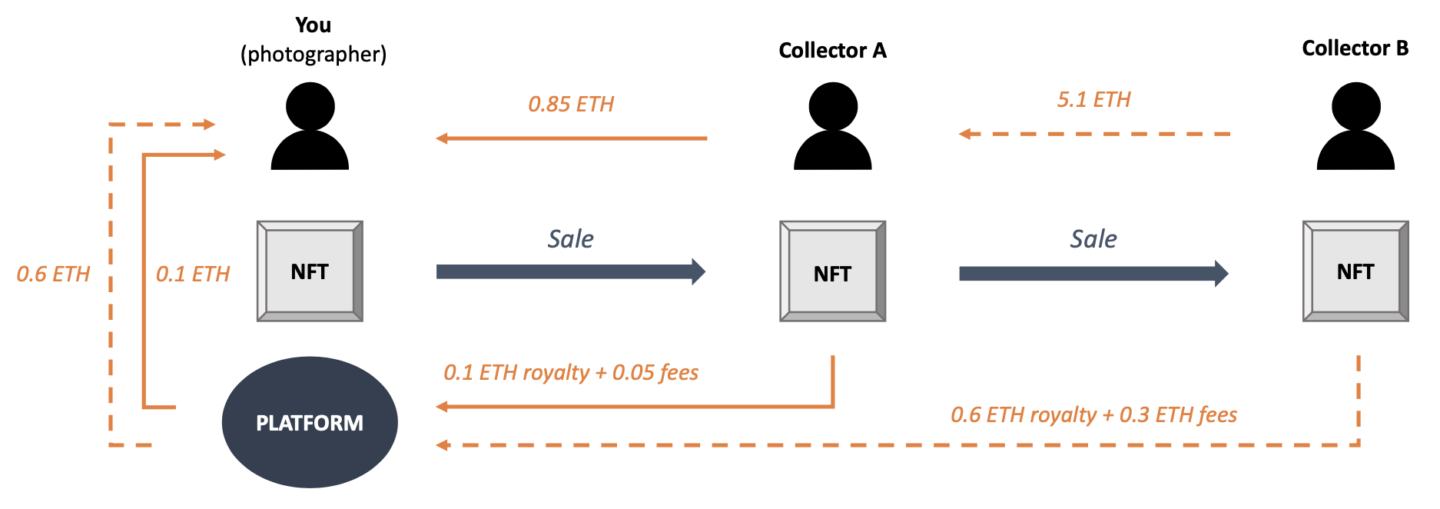
SO WHAT WILL YOU NEED TO GET STARTED IN NFT PHOTOGRAPHY?
- CRYPTO WALLET – and the basics of managing your photography NFT sales and costs
- YOUR PHOTOS – and how you want to sell them
- COMMUNITY – and people who will support your ventures
Be sure to follow me on Twitter and join one of my weekly spaces. I love onboarding new photographers and am happy to answer any questions you may have!
LET’S START WITH THE FINANCIAL TRANSACTIONS
So, one of the first things you will need to get started with selling, buying, and trading photography NFTs will be a crypto wallet in order to manage your trades as well as also to store your balance.
Your wallet will also serve as the key to help you access your account on various platforms and networks. This will basically be your login.
Now, as mentioned, NFTs can be traded on several blockchains, but for the purposes of this guide, I will focus on the Ethereum blockchain which is currently the main blockchain for NFTs.
Even on the Ethereum chain itself, there are various wallets out there that you can obtain, but MetaMask is probably the most widely known and used at this time.
You can do further research on wallets and there are several YouTube tutorials out there on helping you get your wallet set up.
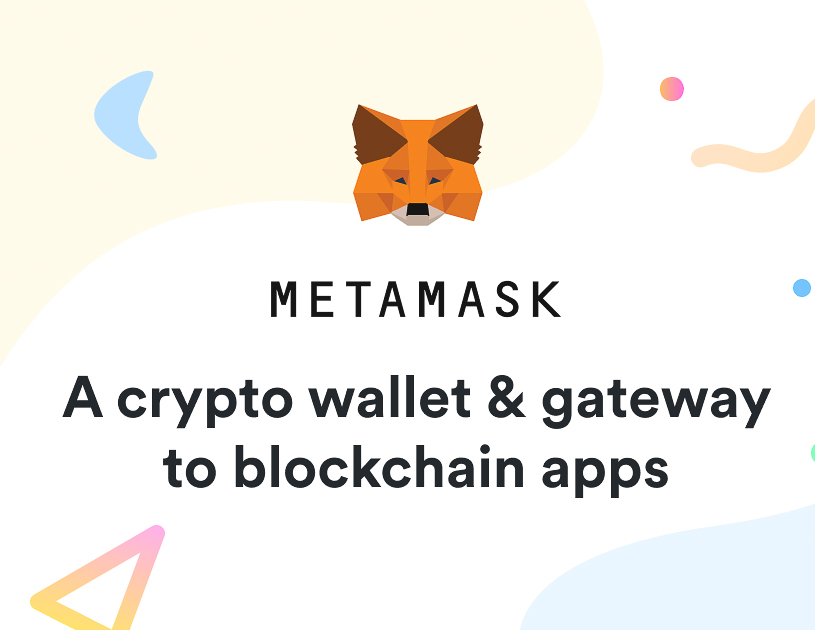
SO WHAT IS THIS WALLET & HOW IS IT USED?
Wallets are basically like an address that is to be associated with each transaction that’s recorded on the blockchain (on the public ledger).
For every transaction, there will be a wallet address from which the transaction is transferring from to another wallet which is the receiving end.
However, as the name suggests, the wallet is also where you store your money. However, since this is a digital wallet, you store more than just cryptocurrency but also other digital assets like NFTs on this wallet.
TRANSACTION RECORDS
Now as mentioned, the wallet is part of the record of each transaction. So when you are putting up a photograph as an NFT, it will be put on to the network by your wallet.
While the photograph is unsold, it sits in the blockchain and is tied to your wallet. When you sell the photograph, the buyer will basically transfer you the crypto, whilst you simultaneously, transfer over the ownership to the NFT photo.
This entire transaction is put on the public ledger and you will see the record showing both parties’ wallets.
On the other hand, wallet addresses can also be used to check authenticity.
Imagine you post on social media that you want to sell this piece of art, and a collector finds you and is interested. They would want to make sure the piece of art in the form of an NFT is indeed under the wallet address you claim to own, and you would want to check that they have the crypto balance they claim to have to purchase it.
Using the wallet address, each party can undertake the due diligence of the other party.
Not only can you check the authenticity of the art or the crypto balance, but with the wallet address, you can also see historical transactions.
In order to do so, copy and paste a wallet address into the search bar at https://etherscan.io/
You will be able to see not only the current standing balance of the wallet but also all the historical transactions that the wallet undertook.
If that wallet received crypto from another wallet, you would be able to click through to that other wallet and trace the source of the money.
Likewise, you can also trace through to where the crypto has been sent from this wallet.
METAMASK WALLET SEED PHRASE – CRUCIAL
Just on a separate note, at the time you set up your wallet with MetaMask, you will be given a seed phrase which is a series of 12 random words. It is important to remember that this seed phrase is the master key to your wallet.
You should keep this safely stored because it is the only way you can regain access to your account in case you’ve forgotten your password or anything.
No one, not even MetaMask will be able to recover your seed phrase for you, so if this is lost, you can almost count on the balance inside that wallet as being good as gone.
A good note is to make sure NOT to store this in the digital world which can be vulnerable to hacks or cyber theft. Instead, write it down physically in multiple copies and keep it very secure (fireproof if possible).
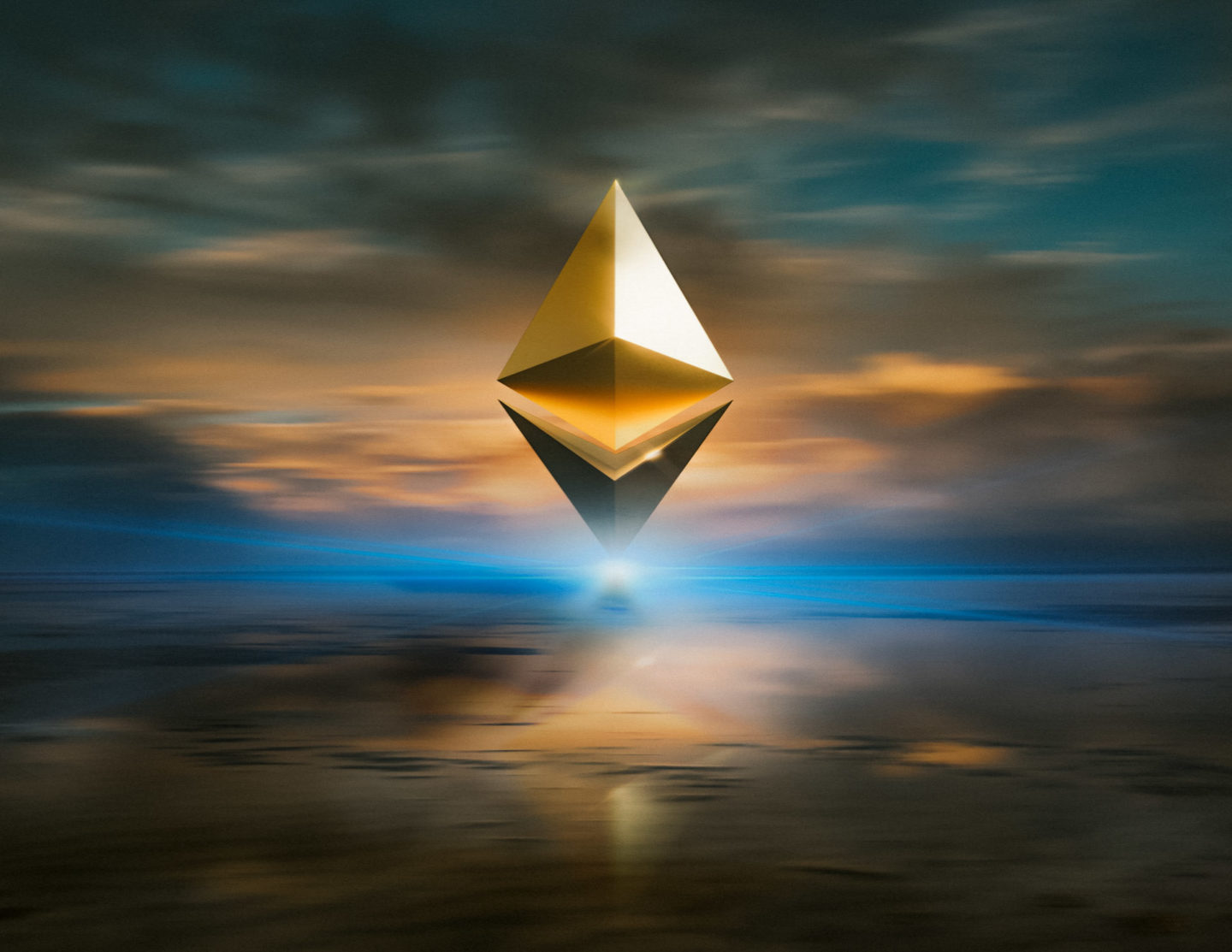
WALLET STRATEGY & SECURITY
Now, while the wallet is usually pretty secure, there are a lot of hackers and scammers out there who will try to utilize social engineering tactics to either get access to your wallet or break into your wallet, especially if you have made some sales and are storing a high balance of assets or crypto in it.
For many crypto traders, it may be advisable to have multiple wallets each set up with different intentions, such as:
- A spending wallet or a “hot wallet”, where a majority of your trades will be for purchasing assets. This will also be connected to your internet so that you can make trades easily.
- A savings wallet or a “cold wallet”, where you store assets you want to keep for the long term, and this is disconnected from the internet so that it is less vulnerable to any online attacks.
Aside from just storing assets such as NFTs, you may also want to consider strategies to protect your crypto balance.
As mentioned, since trades are publicly accessible, if you trade from one wallet to another you own, it will be possible for anyone searching to find out what your second wallet is. This can leave even the second wallet open to some risk.
Once you have accumulated enough crypto balance to start storing away, you may consider setting up a private wallet that you never have to interact with your hot wallet(s).
Instead, you would have to repatriate the crypto balance out from the hot wallet into a decentralized exchange or a crypto exchange (for example, Coinbase or Binance), and then have the balance trade back into the private wallet. (i.e. two transactions instead of one).
However, if these transactions are larger in volume it may still be easy for anyone digging to connect which two transactions in the public ledger are associated.
You could go one step further and trade out to fiat currency entirely on one exchange and then use a completely different exchange to reinvest back into crypto.
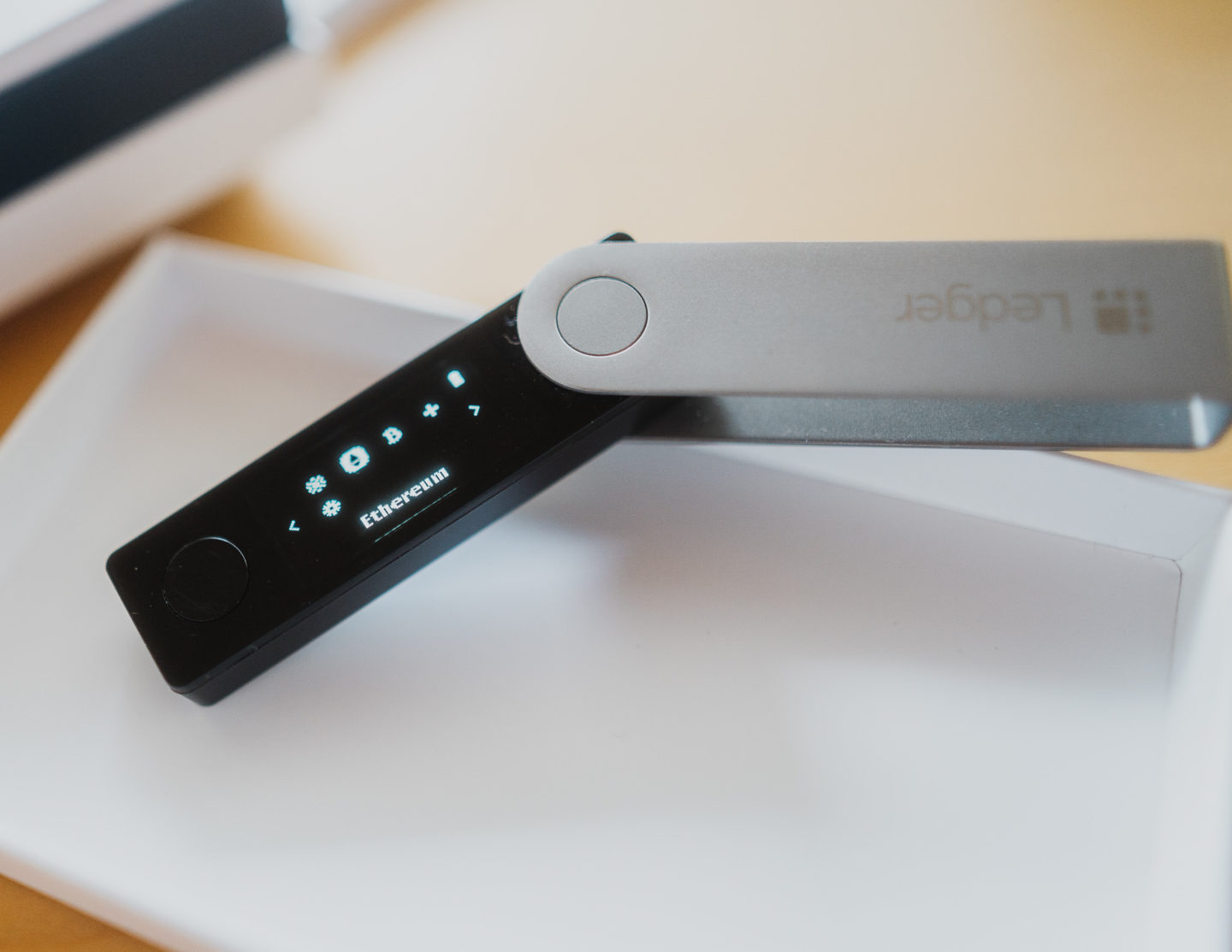
MINTING YOUR FIRST NFT
Now, aside from setting up your wallet, there are still many considerations you have to factor in before minting your first photography NFT.
Once you have your wallet set up, let’s talk about what you need to consider going in as an NFT photographer…
MARKETPLACE
The first will likely be, where do you want your photographs to be sold? There are many different marketplaces on the blockchain where you can sell photos as NFT.
EDITIONS
Second, think back to our discussion on editions. How many editions of each photograph do you want to sell? This may impact which marketplace you’d be able to sell NFT photography.
COLLECTION OR STANDALONE
Now regardless of the editions of each piece, think also about how you want to sell your piece or pieces… together as a themed collection, or individually as a standalone piece?
PERKS
Next, think carefully about whether you want to be offering any other perks with the sale of your photography NFTs. Do you want to send collectors physical prints each time you sell NFT photography? Do you want to airdrop a second piece? Perhaps you may want to give your collectors early access to future collections.

NFT MARKETPLACES
When it comes to marketplaces, it’s important to remember that there are many different NFT marketplaces out there and each has different types of art they display, different features, and different protocols they operate with.
Make sure to check out this awesome guide: The Best NFT Photography Marketplaces In 2022!
Below are three of the main ones I have summarized for NFT photography on the Ethereum blockchain, but there are more out there as well and you should do more research on what is suitable for you.
- OpenSea – OpenSea is one of the oldest and probably the largest NFT marketplaces for photography there could be. It definitely has one of the highest trading volumes and there’s a bunch of perks that make it super friendly for those starting out (more on this a little later).
- Foundation – Foundation is a little more exclusive, as it’s an invite-based marketplace. Whilst Foundation does have a more aesthetically cleaner user interface, in order to sell on the platform you need to be invited on by another artist who has sold on the platform. Only artists who have sold, receive invites to send out.
- SuperRare – SuperRare is probably the most exclusive out of these three only because it’s an application-based platform. Applications open up periodically and only certain artists are selected to join. So this is the marketplace where more exclusive or high-end and well-known artists may gravitate to.
*I do not have personal experience with SuperRare; therefore this guide is unable to cover the process on this NFT marketplace in detail.
Some other NFT photo marketplaces include Rarible, Makersplace, Nifty Gateway, and Known Origin to name a few. I personally don’t have any experience with these so feel free to do your own research.
Then you have Tux.Art, a new platform that was just launched in November 2021 and is considered one of the best NFT marketplaces for photography. More info on this soon.
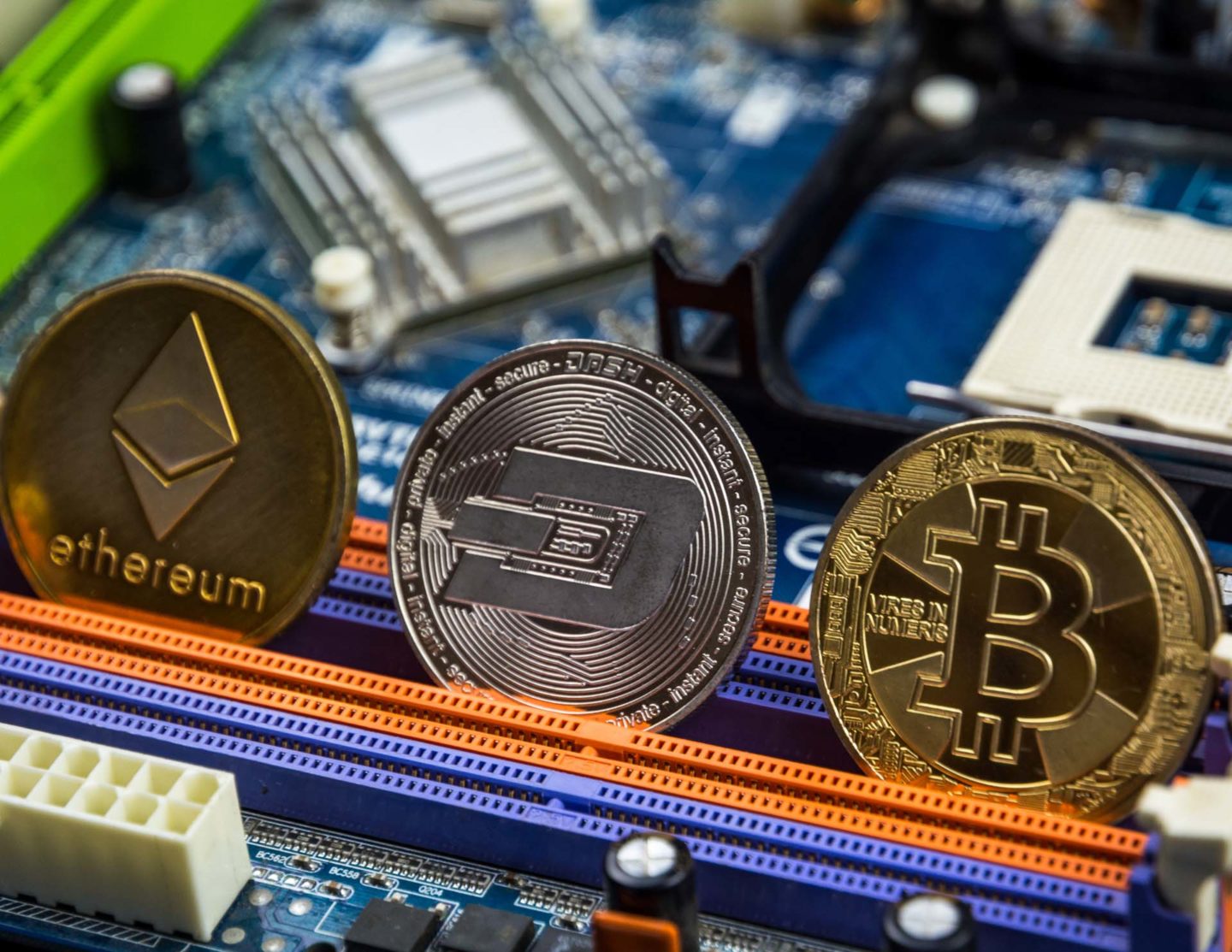
THE PROCESS ON OPENSEA
Now, let’s start off with OpenSea.
As I mentioned, OpenSea probably has the lowest entry barrier for photographers wanting to start out selling NFTs. This is because of the transaction fees associated with trading crypto and recording transactions onto the blockchain.
Just to rewind a bit, as we previously discussed recording transactions on the public ledger, each transaction will have an associated transaction fee. In the crypto world, this is called Gas.
When you want to upload a photograph onto the blockchain as an NFT, the process is called minting. This is a transaction that would cost you Gas. When you sell the NFT photo, that is another transaction that would again cost Gas.
As you can see, this can start to become quite costly if you haven’t earned any sales yet but are spending Gas just to have your work up.
Now, Gas fluctuates depending on the traffic on the network, meaning that if more people are trading on the network, the Gas price becomes higher because it basically functions as a bid. Those willing to pay a higher fee will have their transactions go into the blockchain first.
This becomes especially crucial when multiple people are trying to buy the same piece for example, but we can come back to this in a bit.
So why is OpenSea more creator-friendly?
It’s because OpenSea provides a way to have art up for sale without really minting them onto the blockchain until the point of sale… this is called Lazy-minting or if you’ve studied supply chain you can consider it “just-in-time” minting.
The mint and the Gas are therefore deferred until the point in which a collector buys the piece. That means you can have multiple pieces of photography up for display and for sale without having to pay a ridiculous amount in Gas costs.
(At the time I am writing this I can say I have seen Gas fluctuate between $20 equivalent to over $1,000 for a particular piece, that’s how crazy it can be.)
That being said, in order to get started with your first listing on OpenSea, there will be a small upfront cost. This is part of the initialization costs that involve two free transactions but will have Gas associated with them (so the Gas for these two transactions is what you will need to pay).
Once this one-time cost is covered, you are free to upload as many pieces of art, into as many collections as you’d like.
To start out, it may be recommendable to therefore have around a hundred or a couple of hundred dollar balance worth of crypto, just to make sure you can cover the necessary transaction costs of moving the crypto from the exchange into your wallet and then also from your wallet to cover these initializing fees.
As mentioned, another consideration you will have to factor in is whether you’d like your pieces to be a part of a collection or a standalone piece.
Previously, all pieces on OpenSea were only created as a part of a collection. That means, that even to sell just one piece, you’d first have to create a collection (think albums) and then upload that piece onto the collection.
However, OpenSea did just recently launch a new update which now allows you to bypass the collection feature entirely and sell pieces as standalone.
There are many different pros and cons to selling in a collection or as a standalone, which at the end of the day you as an artist will have to decide upon.
In a collection, collectors may often look at the growth or value in comparison to the piece which is available for the lowest price or the Floor.
So imagine if you start selling your collection of 20 photographs starting at a price sold at 0.1 ETH. Until they aren’t sold out, the floor will likely be at 0.1 ETH.
This is true even if someone buys a piece and relists it at a price higher. If someone buys and relists for a price below, that becomes the new floor price.
Only once all the pieces are sold out from you, whatever the lowest relist price is then becomes the new floor. This is a sign towards the rest of the collectors as well about how to value their own pieces collected.
Obviously, someone can try to undercut that price if they want to exit fast, but if more collectors hold at a certain floor, then it can generally be a sign of where the collection is valued.
The benefit of creating a collection is it generates a sense of community and also social exclusivity. People often gravitate towards mimicking or trying to copy the movements of the socially elite, and that is true for NFTs as well.
If a well-known crypto collector picks up a piece from a certain collection, or even a prominent figure such as a celebrity, a well-known athlete, or a wall-street investor, the collection will likely generate some buzz.
More people would want to get in and, while yes there may be some similar value in just owning another piece of work from the same artist, if they can get in on the same specific collection there is definitely an added value of exclusivity and status involved for that next collector.
Imagine a luxury fashion brand releases an exclusive 10 items only collection of handbags or say a certain travel company comes up with a unique once-in-a-lifetime getaway package for 10 individuals only.
Now imagine a famous celebrity picking up one of the 10 items. Whilst the luxury brand or travel company may already be well known, and while it may attract other people to buy their other offerings, the 9 other people who pick up the 9 other pieces from this same collection will have a special edge and a certain status boost to owning something similar to that celebrity as well.
The same applies here, which gives the NFT photography collection a very special collectivist value as well. The pieces in a collection are valued not only individually but also in parallel with the rest of the group and along with the statuses of the collectors.
On the other hand, minting anything on the standalone allows the piece to truly blossom on its own irrespective of how other pieces are doing.
As a collector, a collection might take a while to pay off if the floor is constantly being undercut or takes time to rise. The health of the entire collection will also determine the potential upside gain for the collector, whereas in an individual standalone piece, it may be easier to disassociate from that and trade just based on the merits of that piece held.
Remember you can’t really control who else invests in, and even when they do, how they would manage their investment.
Another benefit of OpenSea is the cross-functionality with other protocols that are Ethereum compatible, such as Polygon, which allows you to also mint multiple editions of the same item. Recall the previous discussion on editions.
Therefore, on OpenSea you can potentially sell pieces as 1/1s (whether in a collection or as a standalone), or you can also sell them as editions (whether in a collection or as a standalone).
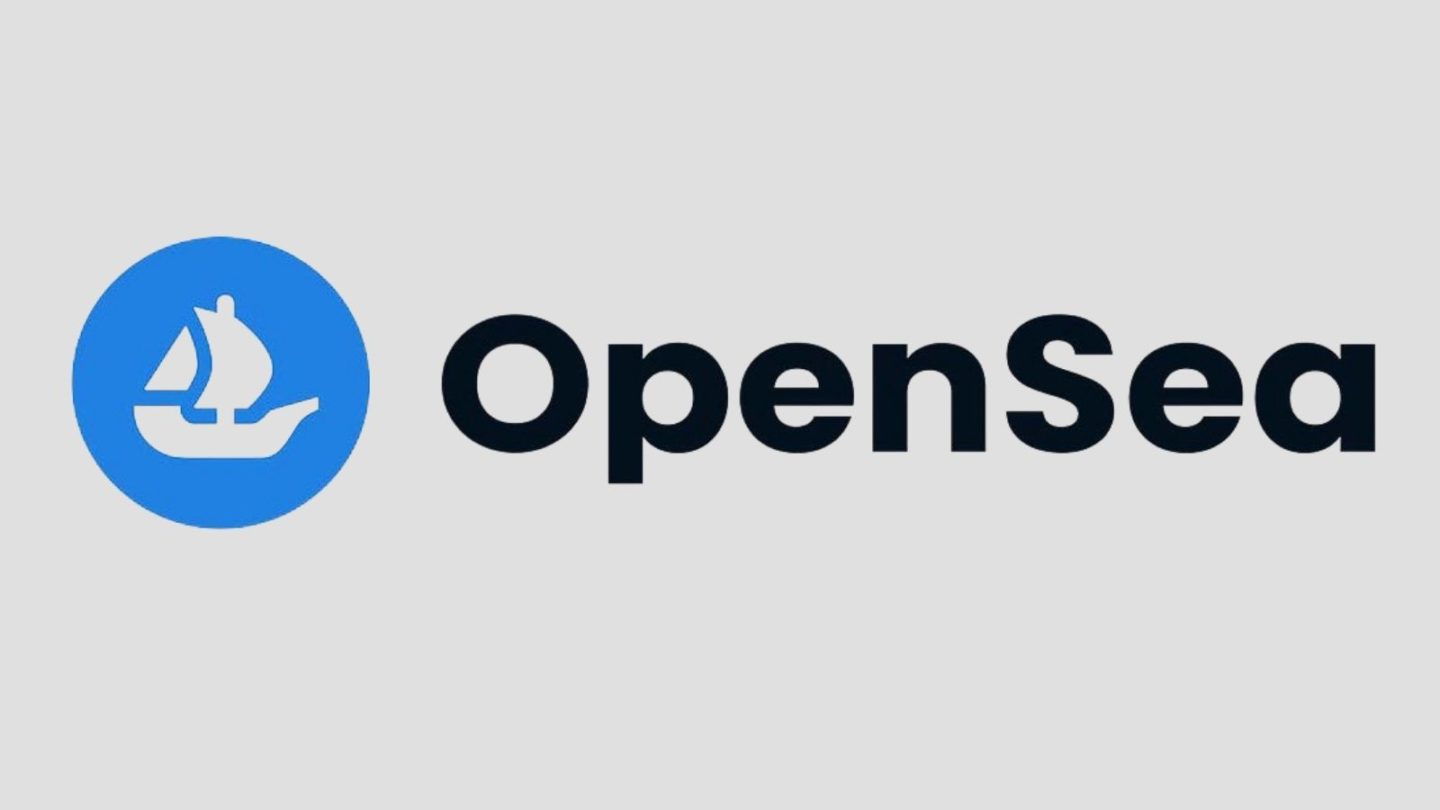
THE PROCESS ON FOUNDATION
On the other hand, when we compare it with Foundation, once you have been invited as a creator, the process is quite different because Foundation does not incorporate lazy minting.
That means there will definitely be more upfront costs as you upload onto Foundation as well, and keeping in mind the Gas process this can add up really quick.
Further, Foundation also does not have a collection feature. So even if you want to tie your pieces together, you are limited in the ways in which you can do that. Either through the name or through the description and tagging.
Foundation also runs exclusively on the Ethereum main network which means that there is currently no feature to mint any multiple edition pieces yet. All pieces on Foundation are exclusively 1/1s.
So why choose Foundation when there are more limitations? Well, as mentioned the exclusivity of the platform and its premium user interface and functionality attract a certain value to it.
One of the other attractive features of Foundation is also the upside potential for every piece on the primary itself. On any public sale, while the artist sets a reserve bid, once that bid has been met, an auction process for 24 hours automatically kicks in.
Therefore, other collectors may see active auctions and potentially place a higher bid. This allows the market to determine right from the primary sale, what the current value should be for a piece.
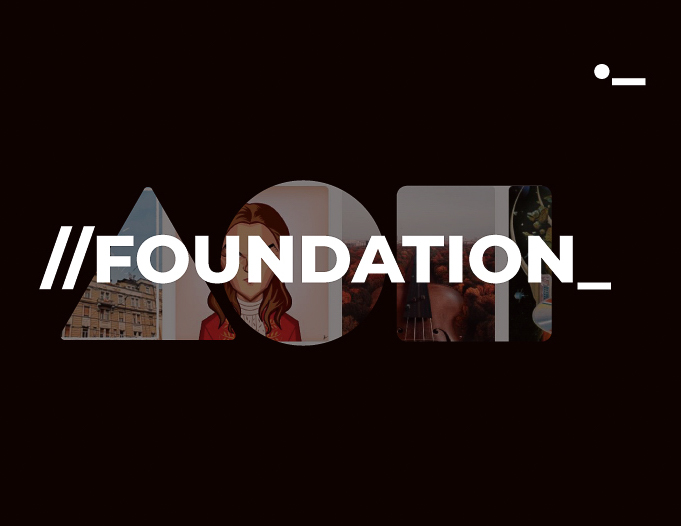
TO COMPARE
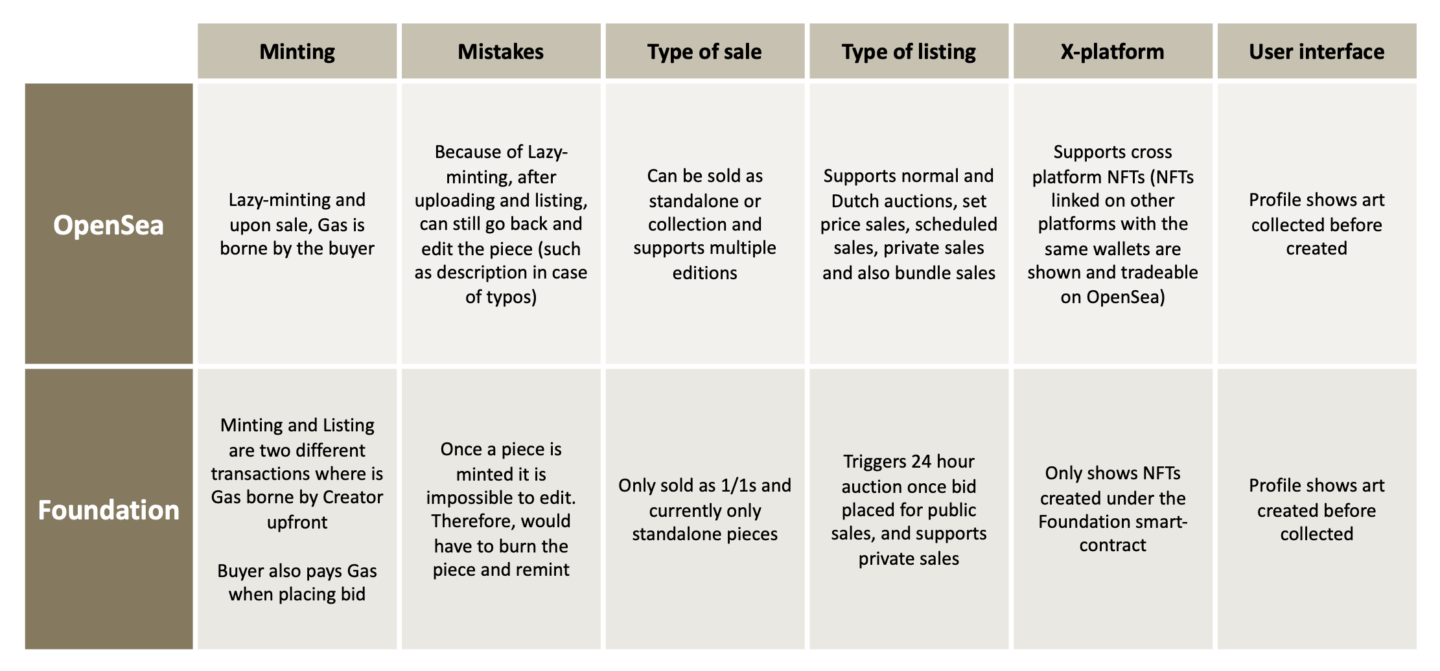
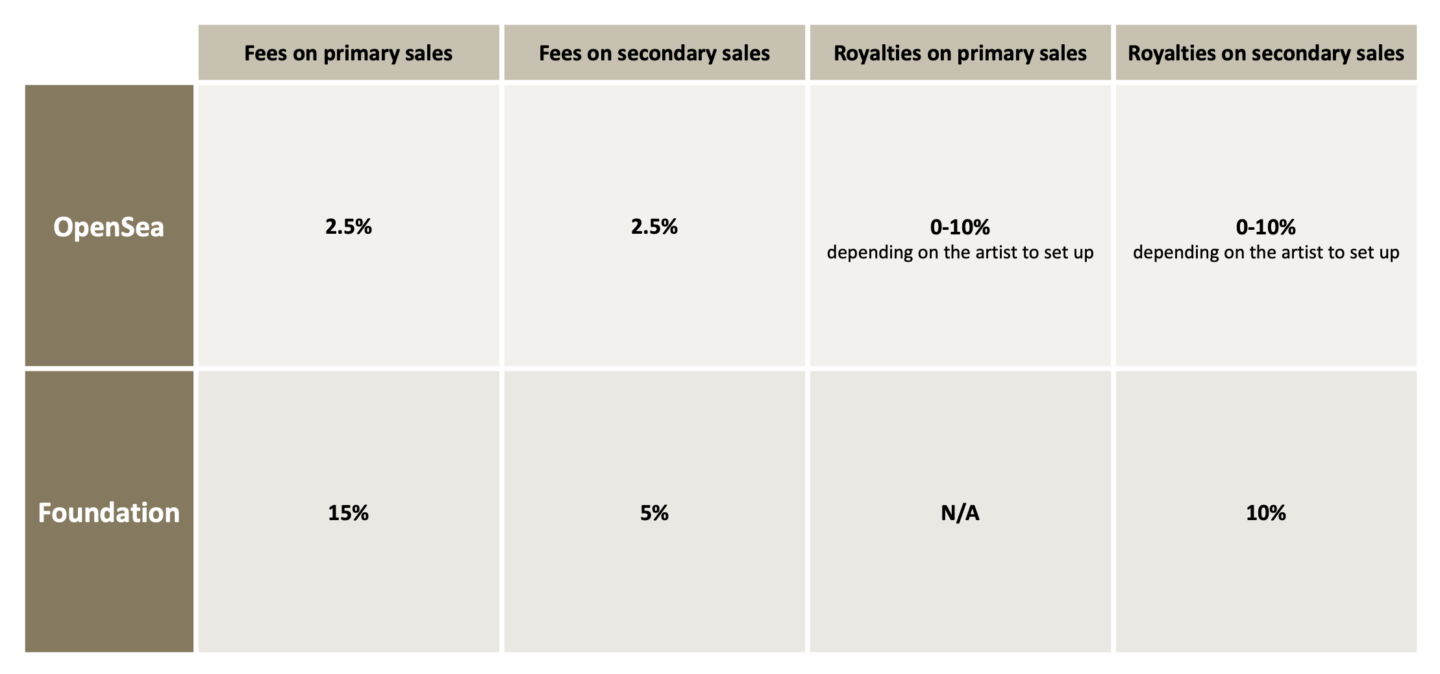
So…
- You’ve set up your digital wallet
- You’ve determined the photograph(s) you want to sell as an NFT and have determined how scarce they will be
- You’ve chosen your NFT marketplace for photography
What comes next?…
COMMUNITY
I cannot stress enough how important this is.
If you would like to be successful in the NFT photography space, it’s important to remember that NFTs are relatively new and each day is an exciting new leap.
Earlier adopters of the technology also are given the immense responsibility in shaping the norms and standards of the space.
As creatives, we are given free rein to determine the best path forward and put forth the best we can conjure in determining how our art is to be seen and to be appreciated.
But…
Equally, if this is to be a successful venture, it’s to be remembered that, unlike social media, this is not a popularity contest but rather a test on the merits of the art and the artist.
Collectors are interested to understand the story behind the art piece and you and you want to spend the time to invest in cultivating a community who will be there to help support you and share your work on your behalf.
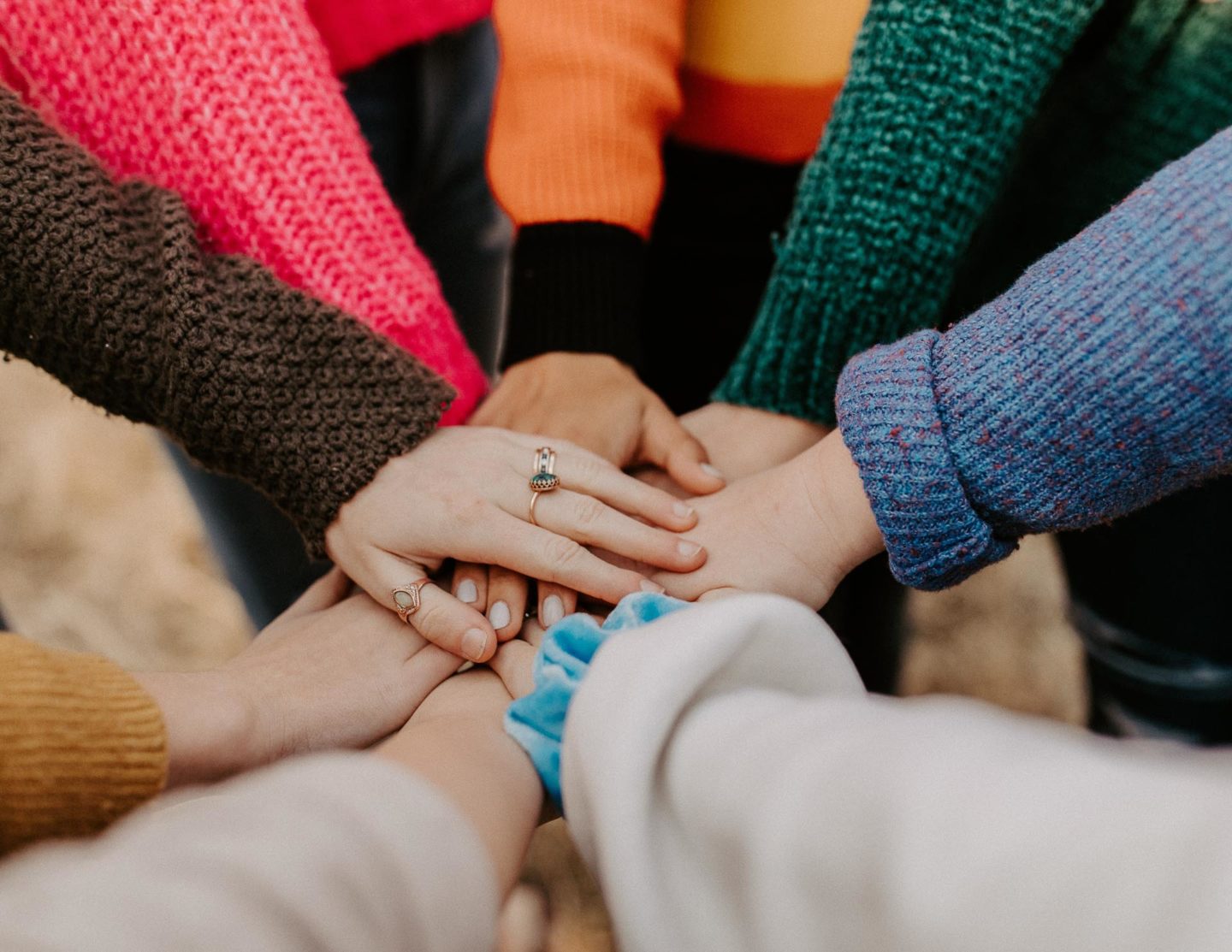
TIPS FOR TWITTER
At the moment, the NFT market is probably mostly found on Twitter, so create an account or dust off your old one and:
- Start posting photography content there (not just NFT) but start getting people more familiar with your body of work
- Connect with other photographers and follow crypto traders and NFT collectors to continue learning about the evolution of the technology and market
- Join Twitter Spaces and start listening to others share their stories, and their NFT journeys (take it all in and learn as much as you can)
- Don’t go cold-shilling. Treat people as humans and learn to make connections before posting about your NFTs. People want to hear about you more than they want to be sold something
- However, also create threaded tweets to convey the message and story behind your pieces. This can be the case for photography content shared or NFT pieces shared; and
- AGAIN, BE COMMUNITY-ORIENTED. Share other people’s work and photography NFTs. Build relationships and help support others without the expectation of any favors returned.

ROADMAP OR UTILITY
Another main point of concern that you will hear a lot about in the NFT space is what is the utility behind a project.
When it comes to photography this may seem weird, and many collectors will say not at all a necessity, but providing perks and incentives for collectors may be a great way to help set you apart and intice that collector over the fence when deciding over your pieces.
What collectors want to see is a long-term approach. So providing a long-term return to them gives them comfort that you won’t leave them once you’ve sold the art and that you’ll do your best to ensure that the piece remains valuable, or even better increases in value.
Photographers may also offer perks like including a free physical print of a piece, or maybe a chance to experience something (like a guided tour whenever the collector gets to visit a particular location).
When it comes to collections, there is a stronger case for artists to focus on the roadmap as you would want to ensure to your collector that you will work to get the collection sold out and thus moving to the secondary so they can possibly resell and earn gains.
All that being said, it is best to have that discussion with your collectors on how you’d best serve them.
Some collectors don’t want physical prints, or they don’t really care about secondary sales as they plan to hold on to a piece. Each collector is different and it’s best to have open discussions with your targeted collector to determine the best strategy for you.
As mentioned, utility and roadmaps are often looked at differently depending on the genre of the NFT itself.
For a lot of the avatar or profile picture projects, they may be required, but for photography or limited edition art, some collectors may just want the artist to focus on the art as art and not as a project.
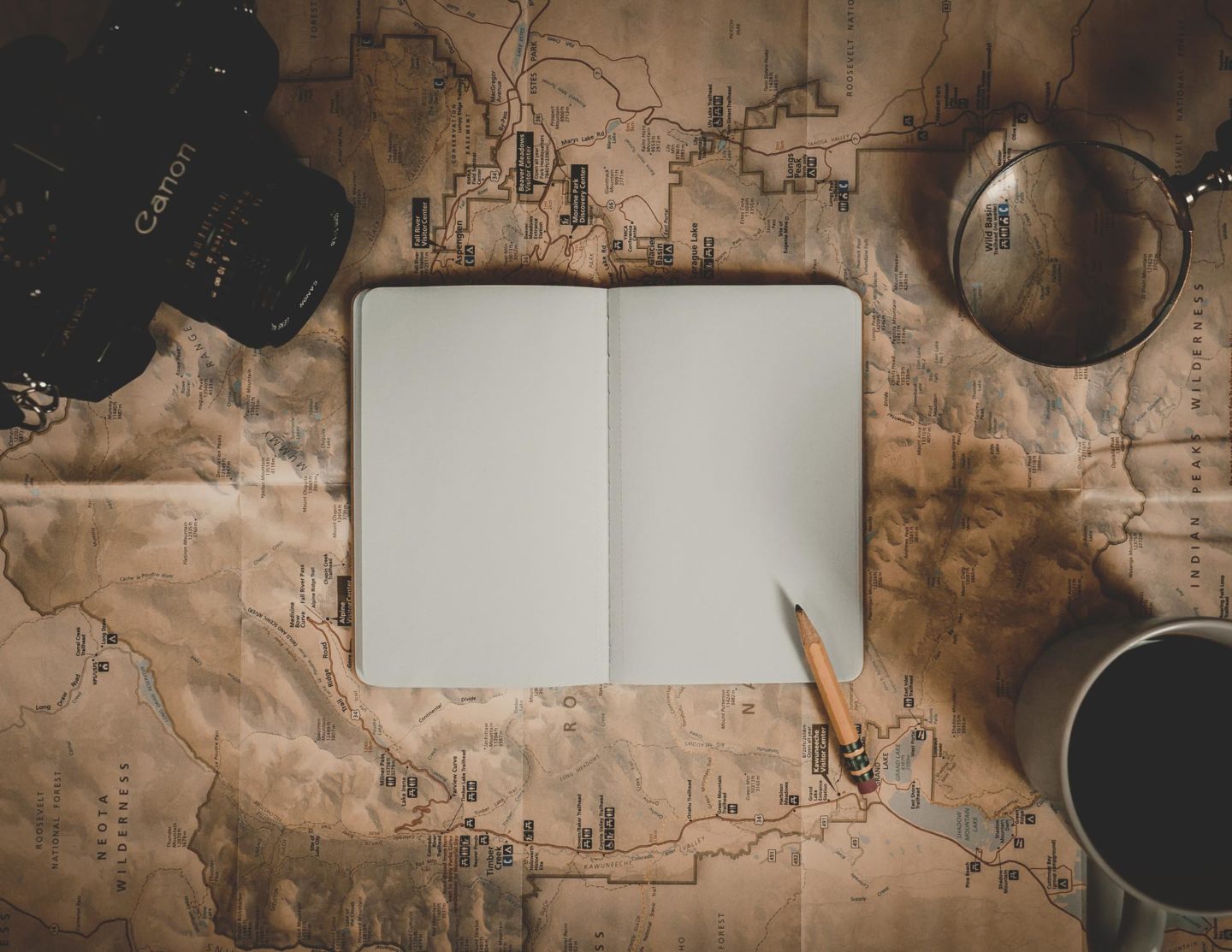
MY PERSONAL EXPERIENCE
Keeping all that we have discussed in mind, let me tell you how I personally approached this as well.
I started with a little over 2 months of research before actually putting my first piece of NFT up for sale. There were definitely a lot of questions I was contemplating and even to date, there are still so many that pop up in my mind so the learning and the curiosity never stop.
I decided to start off with a mini-series of 3 pieces but not a full-on collection on Foundation as my ’Genesis’ drop (a term commonly used to describe first NFTs) and then subsequently also release two collections on OpenSea.
The first is more generally tied to my main genre of travel photography but the second collection is tied to another lesser-known genre I like to undertake which is food photography.
My Foundation pieces are all ones I know stand out a little more in my body of work and are what I would consider “premium” pieces as a lot more effort and time also went into developing them, so they are priced also on the more premium end.
On the other hand, I used OpenSea as a place to have more of my work up that are tied together as collections, either thematically or visually. They are thus priced not as individual pieces but rather as a collection depending again on the effort while leaving room for more value growth as a whole.
Regardless, my advice when it comes to pricing is to price something at a value you’d be happy to let the piece go with even if they never resell again and you never earn any additional value or royalties from it.
Remember that as an artist you should be comfortable and confident with what you are putting out, and don’t set extremely high expectations which will burn you out and leave you discouraged or disappointed.
It took a whole month before I ever sold my first NFT from the time I minted my first piece, and my first collector only found my work through another photographer retweeting my work.
Therefore, I will reemphasize the importance of community. You never know who is watching and what your impact could be in helping foster growth for this community.
Further, I want to also emphasize that while I have relayed some of the main information about the two platforms I use, and while one may look more favorable than the other for you, it should be noted that both platforms are still relatively new and there are still a lot of issues and bugs that are constantly being improved.
What is beautiful about the community and the space is that because it’s very young, being a part of it now gives you the opportunity to help chime in and develop the space into what it should be.
Both platforms detailed in this guide have provided different levels of success to different artists, and your approach and strategy will definitely play an important role in helping you decide which platform will work best for you.
Most importantly, there is also nothing wrong with taking on both or even more to diversify yourself.
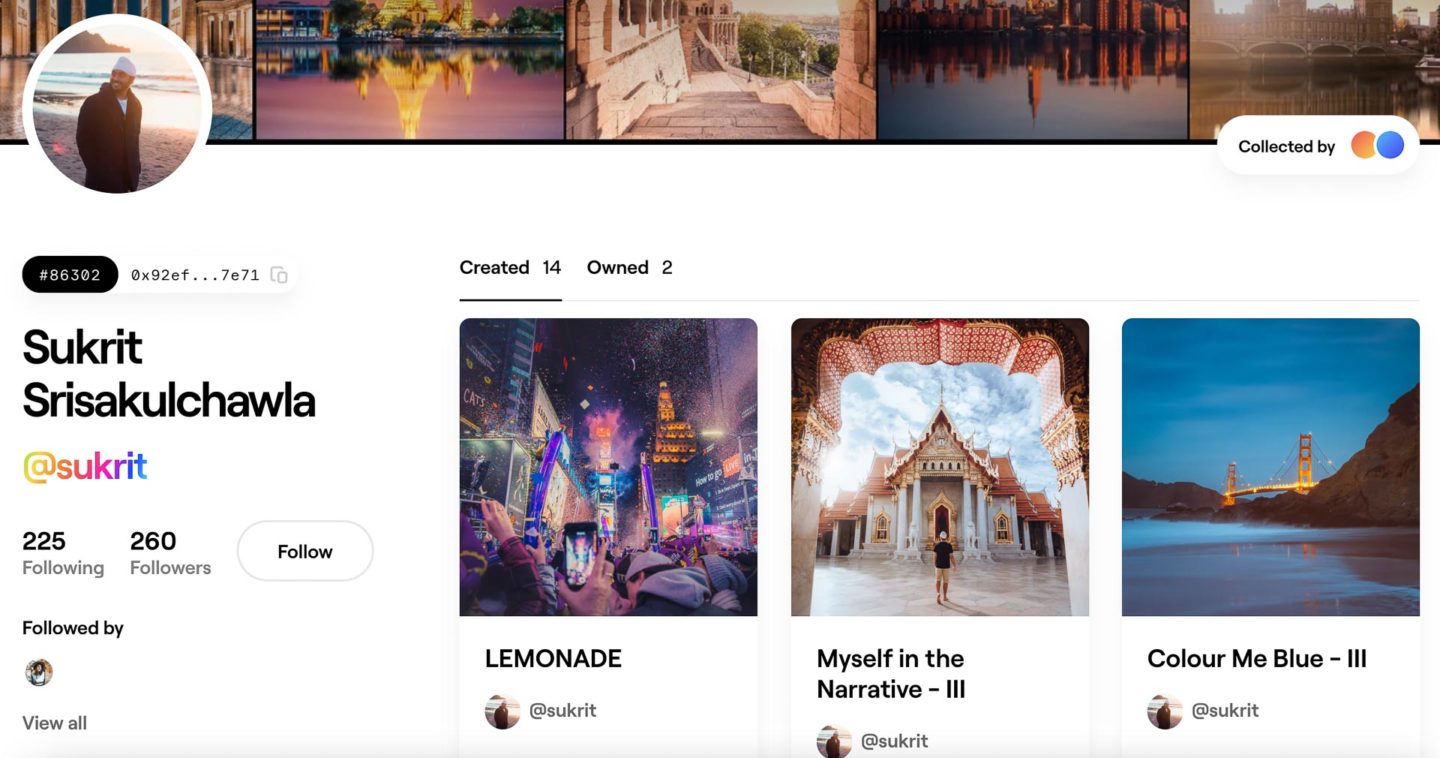
NFT TAXES
Finally, as a tax consultant by trade, it wouldn’t be right if I left the topic of taxation out of this guide entirely, however, the subject of tax and crypto is quite complex.
I have released a separate guide, Principles of Accounting, Finance, and Taxation for NFTs, which you can download here.
My only point here would be to please conduct proper research on how crypto and digital assets are taxed in your local jurisdiction.
In some countries, even getting gifted an NFT may be taxable… whereas in others you are not taxed until you convert your crypto back into fiat currency. This extreme variation makes it very tricky and thus hard to reconcile what the tax implications would be for each individual.
But now that you are ready to start selling your NFT photography, I hope you also prepare yourself in understanding how you would be taxed so that you safely set aside your tax due.
Please keep proper documentation of the costs as well (Gas) when you mint and list pieces as depending on your tax law and rules, these might be expenses you can deduct from your gain.
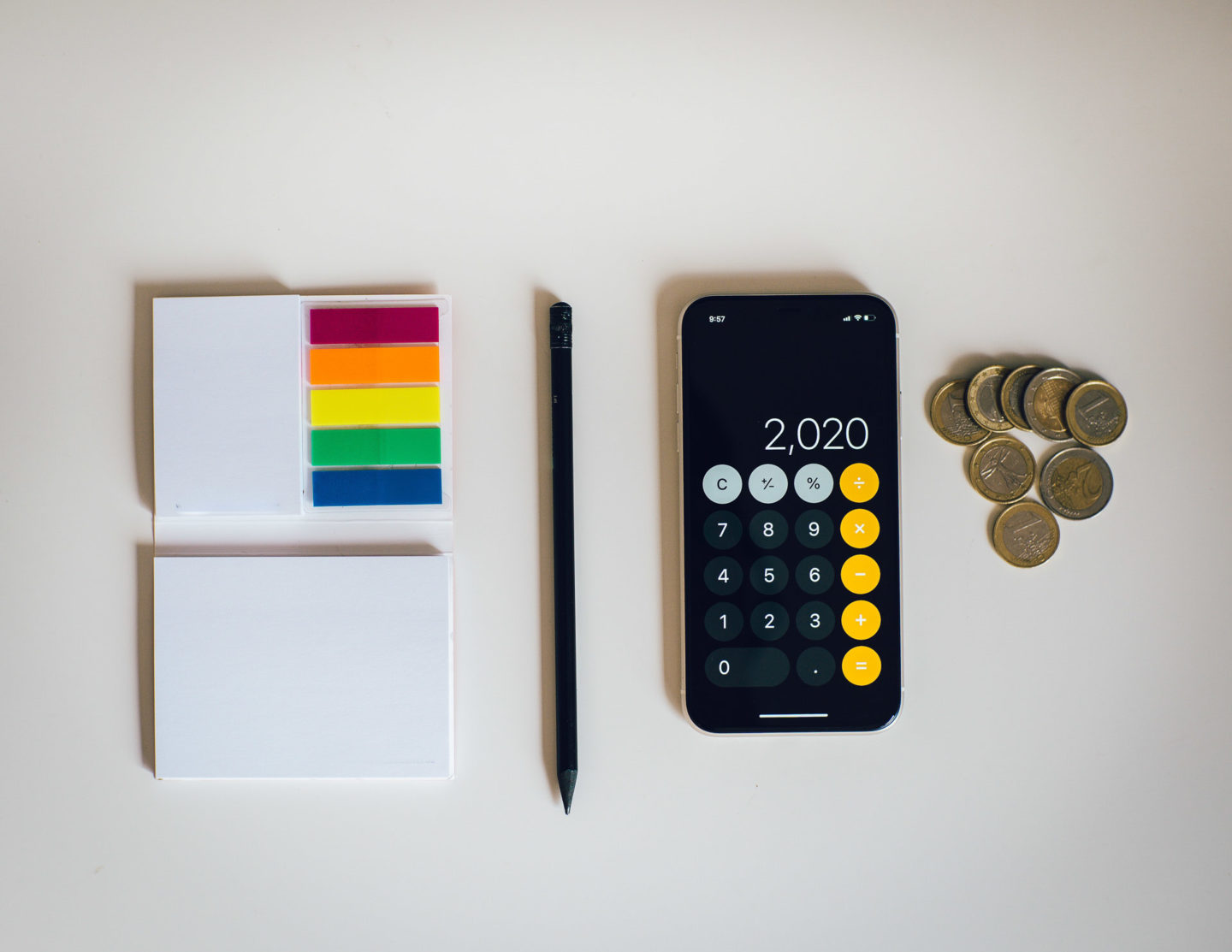
FINAL WORD – PHOTOGRAPHY NFT
As mentioned, this guide is not an exhaustive tutorial but hopefully provides a good introduction into the world of NFTs for photographers interested to dive in and helps answer some of the questions you may have.
If you are interested in learning more or have questions about any particular steps along the way, you can always reach out to me and I’d be happy to assist or point you toward the right resources. Please refer to the contact information on the next page.
I hope this guide has been useful for you and if you would like to help me out, I ask that you share this with others who may be looking for the same information and is interested in getting started with their photography NFT journey.
It’s up to you but if you can share the download link instead of the file directly, it would be greatly appreciated as it allows me to keep track of the number of downloads, which will be useful in helping me develop more guides like this in the future, but I will leave that up to you.
The download link asks for an email, but I personally promise that the emails collected will never be used for any other marketing or distribution purposes nor will be sold off to any third party.
CONTACT DETAILS
Sukrit Srisakulchawla
- Website: www.sukritsrisakulchawla.com
- Foundation Profile: foundation.app/@sukrit
- OpenSea Profile: opensea.io/sukrits_25
- Twitter: @sukrits25
- Instagram: @sukrits_25
Jonny Melon
- Website: www.jonnymelon.com
- Foundation Profile: foundation.app/@jonnymelon
- OpenSea Profile: opensea.io/jonnymelon
- Twitter: @jonny_melon
- Instagram: @jonny.melon
GLOSSARY
NFT – A non-fungible token (currently for any digital file)
Collection – A body of different pieces of work put together
Editions – The scarcity of a single piece of work/photograph
Open edition – Photographs or pieces of work without any set scarcity
Blockchain – A system in which a record of transactions made in cryptocurrency are maintained across several computers that are linked in a peer-to-peer network
Copyright – The exclusive legal right, given to an originator or an assignee to print, publish, perform, film, or record literary, artistic, or musical material, and to authorize others to do the same
Smart contract – Programs stored on a blockchain that run when predetermined conditions are met
Royalties – Typically, a royalty is an amount paid by a third party to an owner of a product or patent for the use of that product or patent. In the case of NFTs, it is the amount owed to the original creator or artist as a percentage upon the future sale of the work
Crypto wallet – A digital wallet that gives the cryptocurrency user private access to the blockchain and allows the users to store and retrieve their digital assets
Seed phrase – A series of random words generated by your cryptocurrency wallet that give you access to the crypto associated with that wallet (as a master password)
Hot wallet – A cryptocurrency wallet that is connected to the internet, is accessible online and is generally used to facilitate cryptocurrency transactions between the owner and end-users
Cold wallet – A cryptocurrency wallet that cannot be compromised because it is not connected to the Internet
Minting – A process of tokenizing your digital art into an NFT on the blockchain
Standalone – A unique piece of work that does not sit in a collection
Gas – A fee to successfully conduct a transaction or execute a contract on the blockchain
Lazy-minting – Showcasing the NFT passively while not tokenizing it onto the blockchain until the point of sale or “just-in-time” minting
Floor – An established lower boundary on the price of an NFT in the market, applicable mostly to collections
Primary – The market between the originator or creator and the first collector
Secondary – The market where NFTs are resold between collectors
DISCLAIMER
This content is for general information purposes only, and should not be used as a substitute for consultation with any professional advisors. The information within this guide is not intended to constitute financial, legal, or any commercial advice. Please conduct your own research and seek out any financial, legal, tax, or other necessary commercial advice in your local jurisdiction before making any decisions. The reader of this guide accepts and agrees that the guide may not include all procedures or information deemed necessary for the purposes of the reader. The reader agrees that Sukrit Srisakulchawla (the preparer of this guide) and Jonny Melon, neither owe nor accept any duty or responsibility to it, whether in contract or in tort, and shall not be liable in respect of any loss, damage, or expense of whatsoever nature which is caused by any use the reader may choose to make of this guide.
That’s a beautiful article you have written. It is comprehensive too. I am a photographer based in India and am still trying to figure out the NFT space. The way you have articulated gives me confidence that I am on the right path and I still have a long way to go. Will be following you on twitter with my id sriks_r
Glad you found it useful! Welcome to the NFT space!
Thank you for a full and comprehensive guide.
It will be interesting to read further notes about NFT.
You are most welcome!
Wow! What an EXCELLENT article for a newbie who is looking to gain a foundational knowledge in the world of NFT’s..
Even though the information is specifically geared toward the NFT Photography industry, the information provided can be leveraged in other NFT industries..
Thanks so much for this excellent article.
You’re most welcome Brad and good luck in the NFT space!
Excellently written for us (me) freshman’s… really comprehensive insights from A to Z, really…
I had zillion question before reading the articel, while i am it’s seems going similar steps, bit now I have it like zillion and one new questions on other level.
Thanks a lot for the work and writing… should be definitely shared as you wrote, especially teach and learn for all of us now for the last two months exploring, readinig and teaching about crypto and NFT’s
Really appreciate for the knowledge you’re sharing
Hi Brad, I am glad you found this article useful and welcome to the space! Feel free to reach me on twitter if you have further Qs!